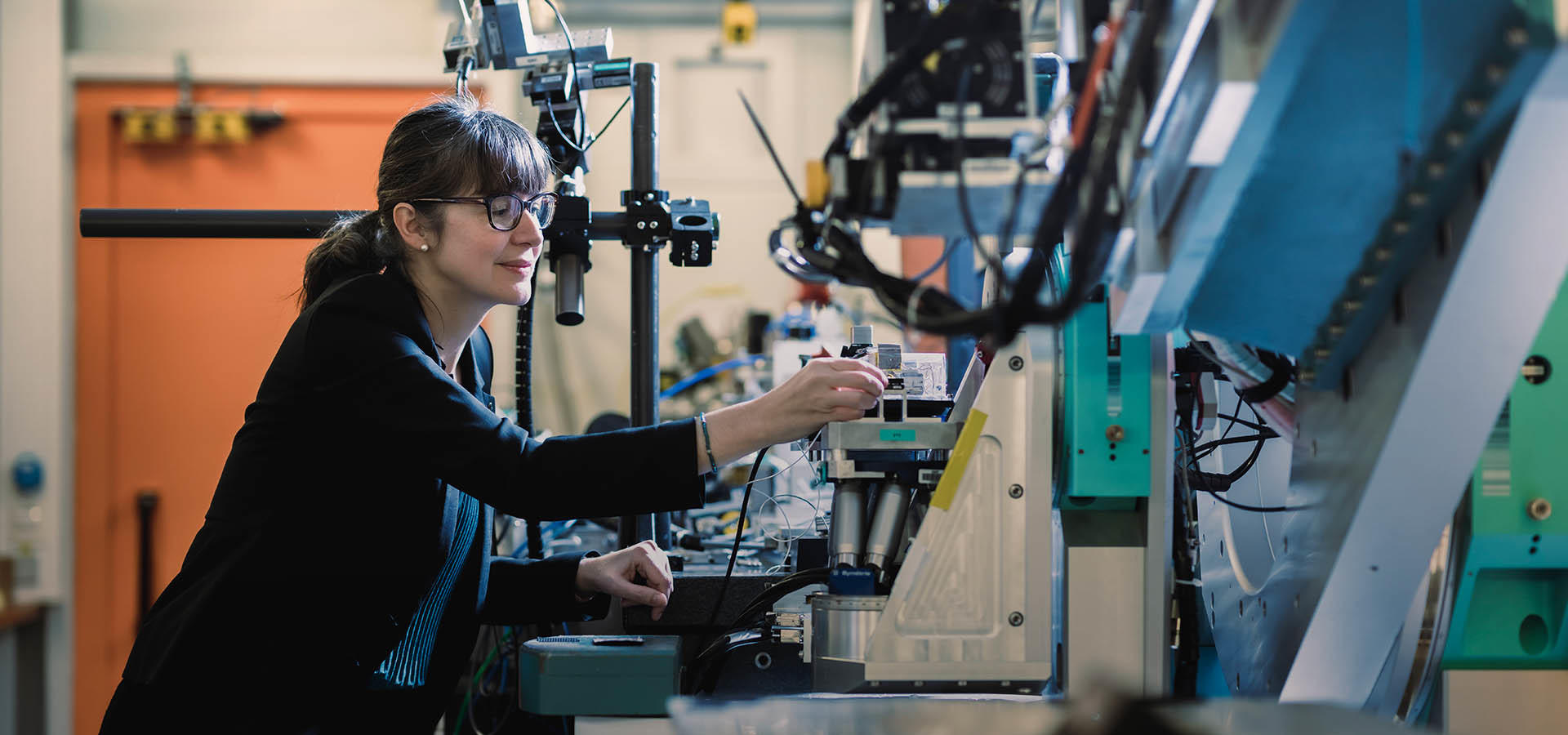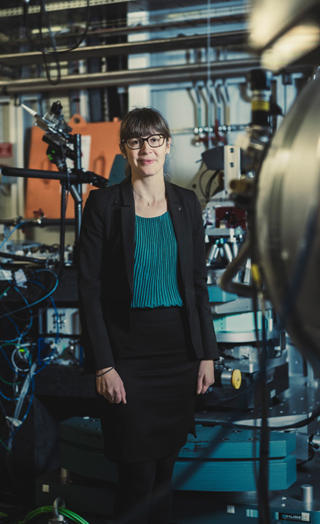My ERC grant would not exist if it wasn’t for the new Extremely Brilliant Source at the ESRF. For me the EBS is a game changer, with its brilliance and high coherence. It is like opening a new window into the world of science. We, scientists, can now dream, thanks to this new machine.
My project is focused on catalysis, which is a chemical reaction that plays an important role in many aspects of our lives: from creating fertilizers to converting toxic gases into harmless ones.
I want to know how the chemical structure of catalysts changes while in action. Whilst this has already been done in a general way, I want to focus on one nanoparticle, as small as 20 nanometres, and see what processes take place.
I’ve come a long way studying nanoparticles in synchrotrons. I had my first experience at the ESRF 20 years ago during an internship. Since then, I've never been too far from synchrotrons, at the ESRF and Argonne National Laboratory in the United States, where I used surface X-ray diffraction to measure an assembly of nanoparticles.
At the time, it was impossible to measure a single nanoparticle with X-rays and we were only able to get the average structure and properties of an ensemble of nanoparticles. I was dreaming of measuring a single particle and its associated properties. With the advent of focusing optics and Bragg coherent diffraction imaging about ten years ago, imaging of the structure of single particles larger than 100 nm became a reality.
I work at CEA but have been a visiting scientist permanently based at the ID01 beamline at ESRF for the last decade. This allows me to follow the technological and numerical advances in the field of nanoprobe imaging, to be up-to-date and to interact directly with the ESRF scientists, engineers and technicians as well as with the users coming for beamtime. I believe the synchrotron is truly a “catalyst” for new ideas.
In my ERC project, I aim to measure particles as small as 20 nanometers during operation: it is a huge challenge. My whole project depended on the success of the new Extremely Brilliant Source (EBS). I needed the EBS to come to life. I wholeheartedly thank all the ESRF staff that worked tirelessly to make it possible. When I was putting the application together, some fellow scientists from the surface diffraction community told me that my goal was just impossible, that you could not apply nano-focused coherent techniques to small nanoparticles. But I would say that in research, it is very important to believe that you can do it, and to persevere. This is a very typical trait of the “researcher”: we always want to show that we can do it and find ways to improve or to understand our measurements or studies.
I am a physicist, and among my team and collaborators I work with many chemists. This is not a hindrance, on the contrary, we complement each other really well. There is a constant sharing of ideas and that has been crucial to make my research project advance. Without my team, I wouldn’t have the results we are getting, which, so far, include about fifteen papers in high-impact factor journals.
CARINE – Grant No. 818823
Coherent diffrAction foR a look Inside Nanostructures towards atomic rEsolution: catalysis and interface

